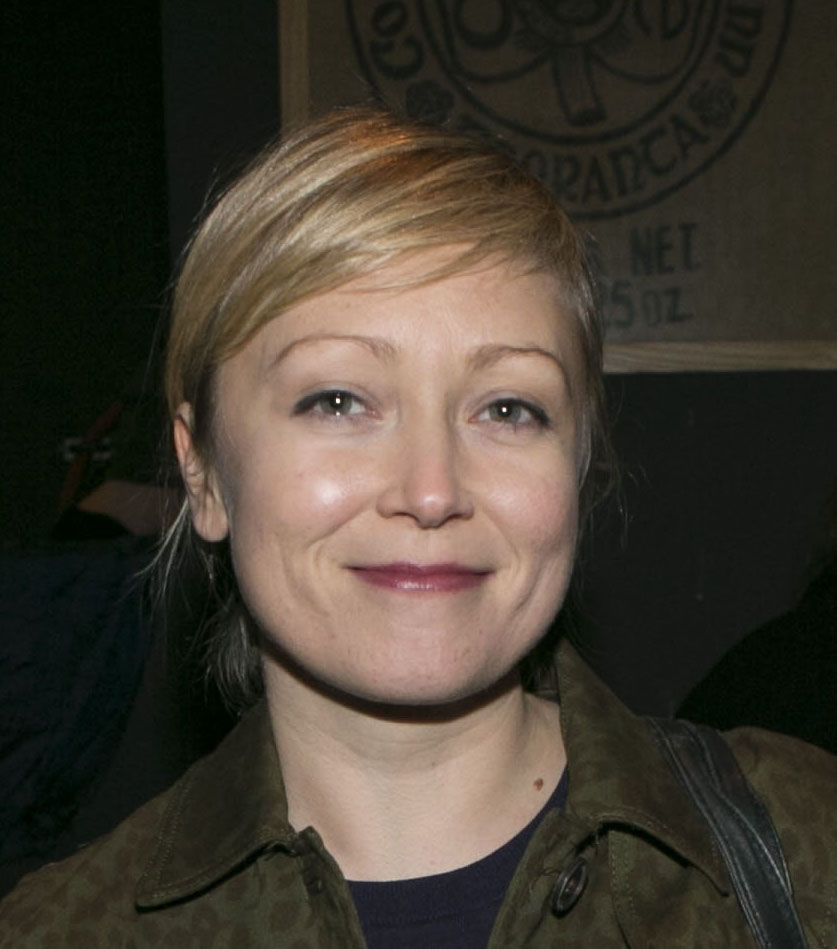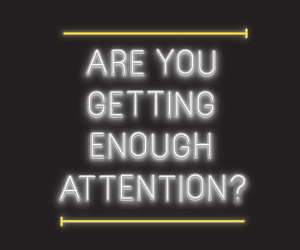 The solution to some marketing problems is not necessarily a TV or radio ad. Instead it can involve the clever use of creative technology and, if executed effectively, the benefits to the brand and indeed the consumer can be substantial, writes Eve Conboy.
The solution to some marketing problems is not necessarily a TV or radio ad. Instead it can involve the clever use of creative technology and, if executed effectively, the benefits to the brand and indeed the consumer can be substantial, writes Eve Conboy.
The use of creative technology by brands the world over has been a key feature in the digital domain for several years. As technology becomes more sophisticated and newer ones like virtual reality become mainstream, expect to see a lot more brands tapping into its potential.
In most “campaigns”, a creative technology team will work on a brief in partnership with a traditional creative team to bring innovation and a focus on the effective use of new technology and channels. The resulting ideas should aim to connect brands to people in a useful and entertaining way, taking into account all digital/ physical touchpoints and channels along the way.
But, it’s important to remember that a human truth and a good idea are still at the heart of effective advertising – using the latest shiny tech for the sake of it is unlikely to produce the results you want. When you are asking an audience to interact with or use a piece of advertising technology, it’s more important than ever to have a grasp of their existing behaviours and motivations. Think of creative technology teams as the special effects team on Star Wars – the film would be pretty dull without them, but without a decent story line and script to hook people’s emotions, you’d have no movie!
Why is Creative Technology so important now?
Brands are increasingly built on being useful to people in their advertising, and bringing technology into the idea process can help to deliver this. People now expect brand advertising that has meaning, offers an experience, and can help them facilitate a better life. Brands must reach people on a deeper level, creating campaign platforms that are relevant and interactive, not just a sales message.
As our reliance on smartphones and connected objects increases, and the potential to use technology like VR, predictive data learning and physical computing grows – technolgy is a new canvas for ideas that make a difference.
Some great examples
 An often referenced example of the power of creative technology to genuinely disrupt entire businesses is the Nike Fuel Band, which was created by digital agency LBi as a way of connecting the fitness community to the brand in a helpful way. This ‘campaign’ set out to truly solve a problem Nike customers had, created a product to solve this problem, and then used the product platform and resulting data interactions to reach out to audiences in a very targeted way.
An often referenced example of the power of creative technology to genuinely disrupt entire businesses is the Nike Fuel Band, which was created by digital agency LBi as a way of connecting the fitness community to the brand in a helpful way. This ‘campaign’ set out to truly solve a problem Nike customers had, created a product to solve this problem, and then used the product platform and resulting data interactions to reach out to audiences in a very targeted way.
The brand idea started as a solution – not a message. Although the Fuel Band, launched in 2012, has now been superceded by other wearable health brands and smartphone features, and Nike now focus much more on useful training content that is delivered through mobile and social – it was an inspiring example of what can be done when technology and hardware are part of the agency toolkit, and it completely reinvigorated the entire Nike brand.
Creative technology has now become so vital to building brands, that last year Cannes created a whole new category – the Innovation Lions. Here you’ll see the very best examples of work that fuses data, technology and creativity to create platforms that really connect people to brands in a people-focused way. I urge you to have a browse (http://goo.gl/SxxHXm) and see how brands like Volvo, Volkswagen, Optus Telecom, Google and Samsung are tapping into the possibilities of creative technology.
Eve Conboy is a director at Radical, and leads on creative technology, UX insights.
First published in Irish Marketing Journal (February 2015)© to order back issues please call 016611660





















